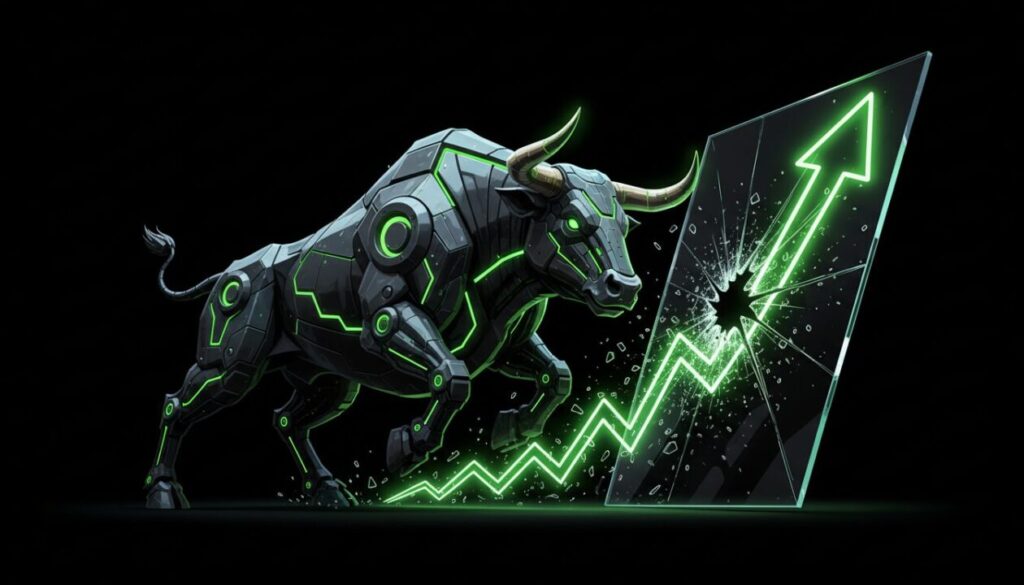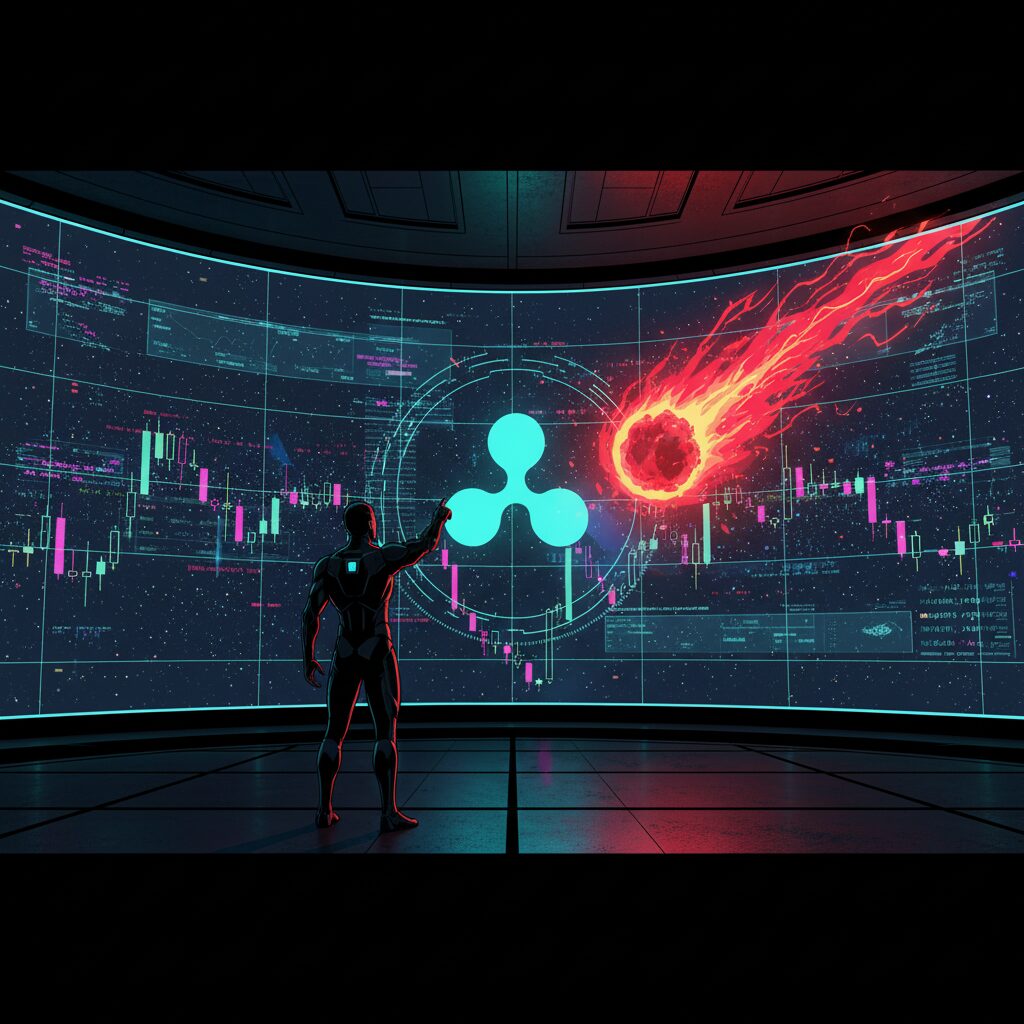The Altcoin Harvesting Playbook: A New Wave of Market Manipulation

Understanding the Manipulation Template
Since September, the cryptocurrency market has been targeted by a series of aggressive exploits. Market manipulators and project teams appear to be collaborating on a sophisticated strategy to extract value from retail investors. This “harvesting template” has been observed in the life cycles of several tokens, including MYX, AIA, and COAI.
The strategy relies on a few key tactics. It begins with manufacturing hype around trending narratives, such as artificial intelligence, to attract attention. This is combined with a highly concentrated token supply, where top addresses often control over 95% of the tokens. This control allows manipulators to use specific smart contract functions to amplify capital effects, engineering massive price pumps before dumping the assets on the market.
Case Studies in Extreme Volatility
The token MYX provides a clear example of this playbook in action. After a period of intense promotion, its market capitalization surged to over $3 billion before a sudden and catastrophic crash. The pattern was later replicated by COAI with even more devastating results. COAI reached a staggering $8 billion market cap before collapsing, triggering significant liquidations and causing substantial losses for many participants.
Retail investors are particularly vulnerable to these schemes. Driven by Fear Of Missing Out (FOMO) and the allure of finding the next “100x coin,” many enter these markets without understanding the underlying risks. While manipulators profit from the engineered pumps and dumps, everyday investors are often left with liquidated positions or devalued assets.
A Market Focused on Speculation
This cycle is often accelerated by platforms designed for high-volatility, low-circulating-supply assets, which attract speculators but also amplify the dangers of manipulation. As more copycat projects emerge using this template, the market’s focus shifts from fair participation to speculative gains, increasing the frequency of these exploitative events and the risk for unprepared investors.











